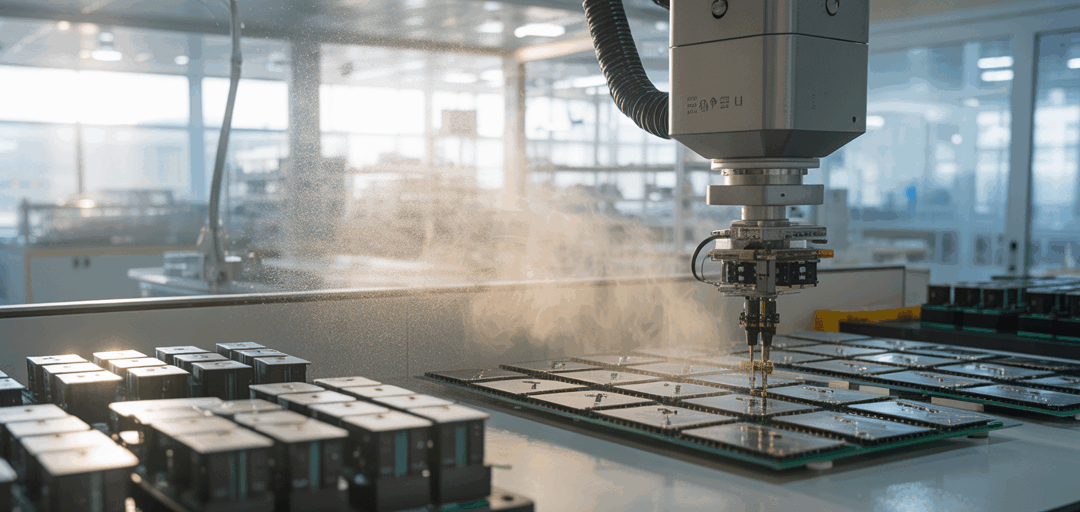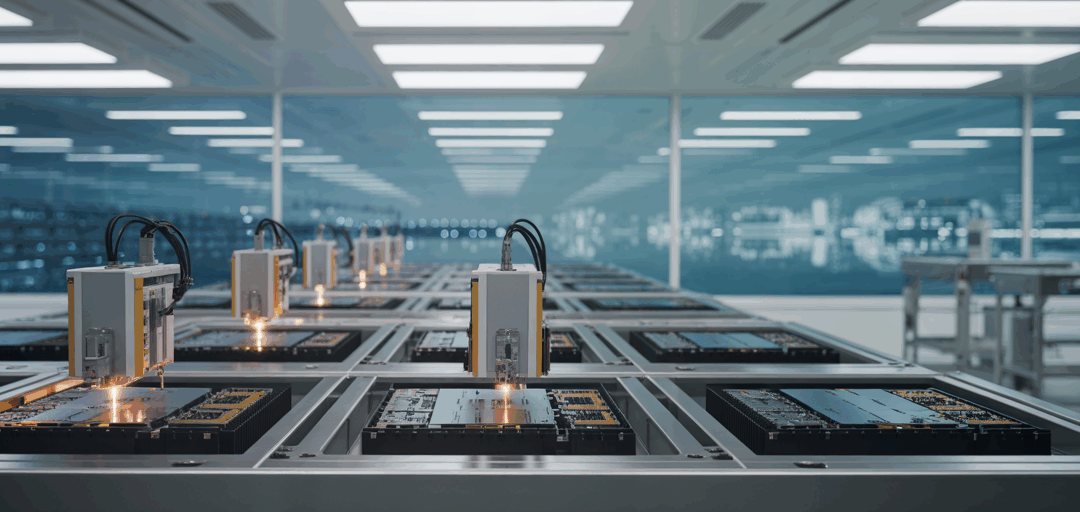Trying to determine what humidity is comfortable in your workplace might become a major internal argument if you don’t use proper measurement. The only way to know what your humidity level is in your business is to use a hygrometer. These are easily obtainable through any hardware store and don’t cost very much.
If you’ve never calculated what your humidity level is in your company, you might find some eye-opening results. You may discover the humidity is far too high on some days, and maybe far too low on other days.
A lot of good reasons are behind this, though it can start to affect the health of your employees and equipment when it fluctuates on a constant basis. Most of all, you want your employees to stay comfortable.
The only way forward is to find a humidifier that helps sustain relative humidity (RH) to inspire better productivity. We can help you achieve this at Smart Fog.
What Humidity Level Is Comfortable Indoors?
You still see a lot of debates about what’s truly a comfortable humidity level in any work setting or home. Most recommended ranges are between 30%-60%, though it’s important to note that upper ranges of 50% generally prevents microbial growth.
What this number is depends on whether you’re dealing with high humidity problems or low humidity. Whether it’s summer or winter usually determines exactly what your problem is. In some climates, summer can become a major problem with very high humidity levels. Texas, as an example, has extremely high humidity and can cause the growth of mold and mildew without using technology for control.
Low humidity usually happens in the winter months when the air becomes overly dry. It’s here where you may start to experience detrimental effects that can lead to issues in your employees and your work equipment.
What Are the Health Repercussions of Low/High Humidity?
With high humidity, feeling sweaty all the time in the workplace can lead to overall discomfort in your team. Even if you use air-conditioning, it may not properly control high humidity enough to prevent that uncomfortable sweaty feeling. In fact, overcooling an area can create high condensation and potentially damage electronics or other assets around your building.
In the wintertime, things could potentially get worse. Overly dry air can start to create airborne particulates your workers breathe. Excess dust is possible as well, hence bringing the potential of colds and other bronchial issues. If your workers keep breathing this over time, it could lead to serious lung illnesses down the road.
Low humidity also causes static electricity to develop, which could ruin equipment and cause employee mishaps.
Maintaining relative humidity is essential, though you may not have a humidifier that does this for you without constant supervision.
Finding Innovative Technologies in Your Humidifier
At Smart Fog, we’ve become a leader in developing innovative technologies so you maintain RH without having to manually set the humidifier. Our products have intelligent precise humidity control through an automation process using algorithms. It helps determine when humidity starts to become too high or low and maintains it without shutting down.
With this comes safety features that let you set an open-space humidifier anywhere you need without fears of overheating or moving parts. This gives peace of mind to you as well you workers who may worry about being injured working near a humidifying system.
As an option, you can use in-duct humidifiers through your existing HVAC system. Doing so overhauls your heating and cooling systems to maintain RH at all times.
Contact us at Smart Fog so we can demonstrate how our humidifiers provide the technology you need to make humidity comfortable in your workplace once and for all.





